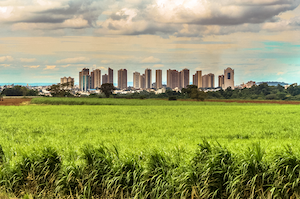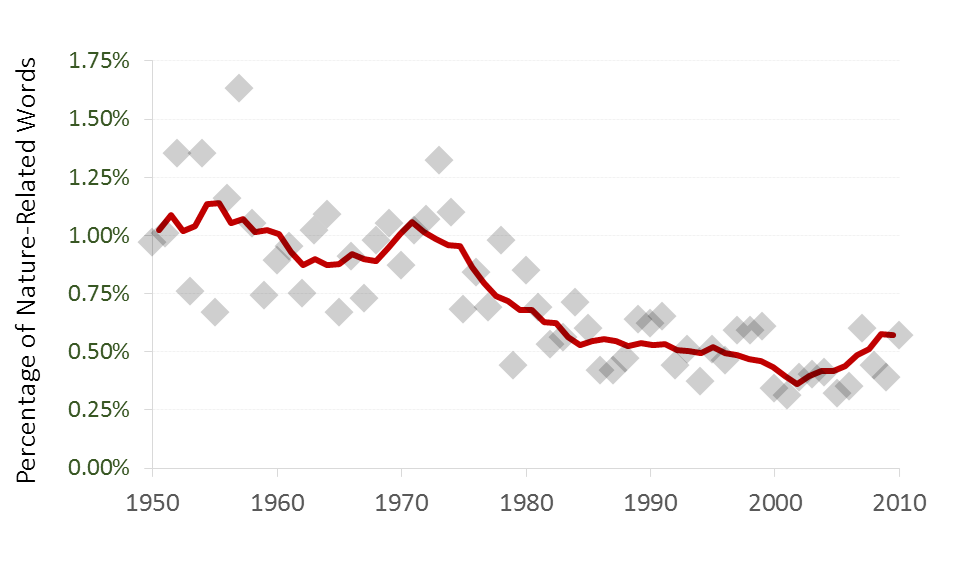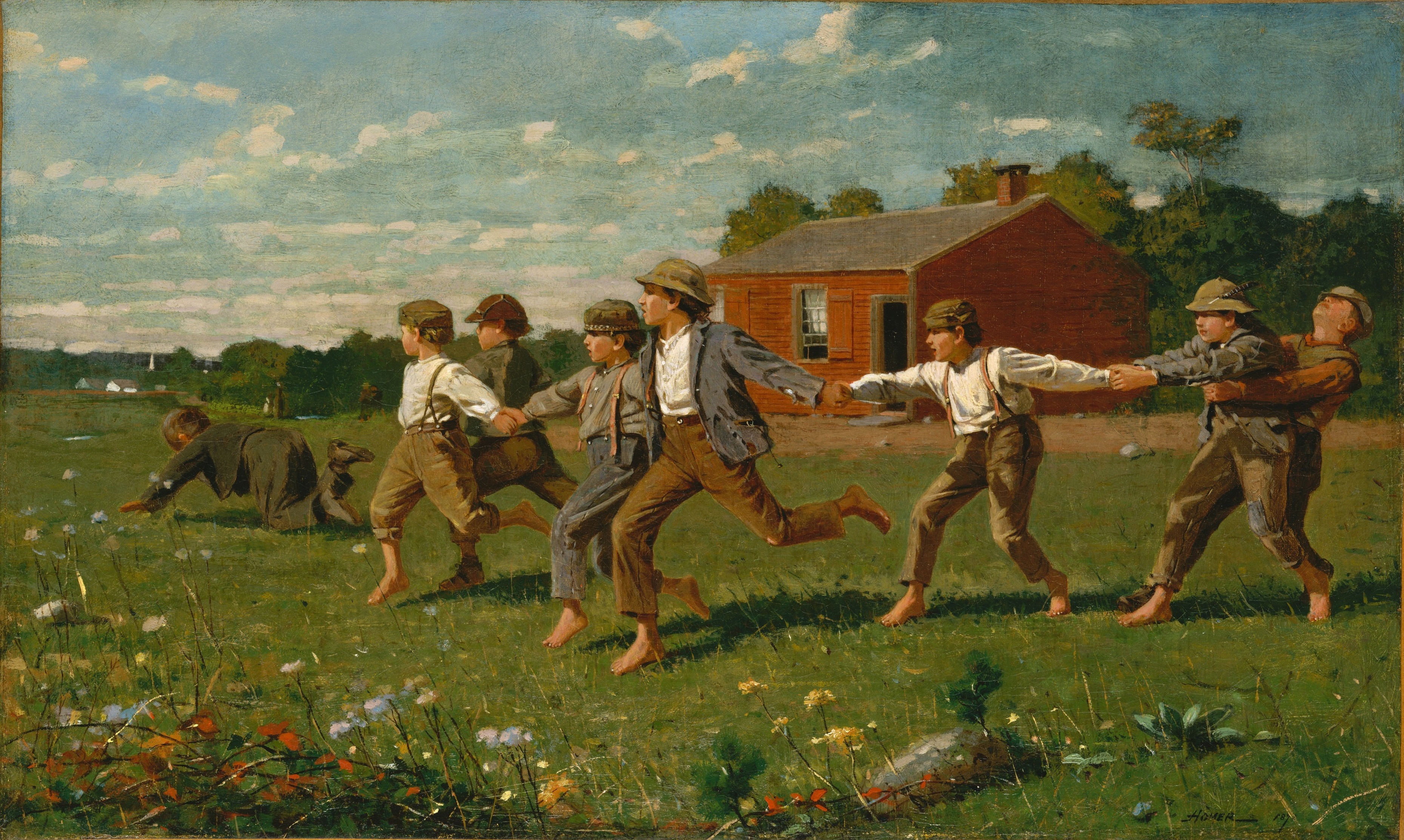by
Michael Townsend, Founder and CEO of Earthshine, business transformation leader, writer, speaker and lecturer
When I set out on a journey in search of
Capitalism 2.0,
a few years ago, I was surprised at what I found - not just in terms
of the range of possibilities for a more sustainable system, nor the
level of radical change that will be required to deliver a real shift in
our economies and our lives. The real surprise was the extent to which
many of the potential solutions are already available.
The more I
looked, the more I found - and, viewing the scene through a wider lens
of sustainable economics, it became possible to see the pieces of a very
interesting jigsaw come together, bringing into focus an attractive
picture of a new, vibrant, attractive, and sustainable economic
operating system.
Another important insight came from reflecting
on the scope of the changes needed. If we do what is truly required, if
we no longer seek to exploit people and resources, in the name of
accumulating and concentrating wealth - if we no longer focus on the
primary interests of financial capital alone, can we still call it
Capitalism?
If what we are left with is a new and sustainable system
that no longer resembles Capitalism - what would we call it?
Sustainable Economy just seemed like a more appropriate working title -
although, I am sure the debate will rumble on.
I also found
something important for the soul - genuine cause for hope, generated by
the very real sense that a new system is already manifesting - an
economy within which people and businesses are able to prosper, within
planetary limits. A quiet revolution is already under way - if we could
just allow it to flourish.
Hope often travels hand-in-hand with
frustration. I could also see that, while a new system is desirable and
possible, and that change is already under way, we are currently nowhere
near a tipping point, whereby the new system takes over from the old,
rendering it obsolete, and transforming into a new (sustainable)
mainstream. There is still a very long way to go.
These sparks of
hope and frustration led to further insights and a realization that it
might be possible to help accelerate the transition, by promoting
greater awareness of the issues and the very real possibilities -
ultimately, to enable more conscious choices by people, businesses, and
our civic leaders, to start the migration towards a better system.
And
so, the Sustainable Economy Project was born, out of a desire to create
a better economic system - coupled with a passion to encourage a
progressive form of economic activism that will help achieve this aim
(for further information on the Sustainable Economy Project please visit
www.the-sustainable-economy.org).
Our initial agenda for change focuses on a number of key leverage points
- from changing the goals and mechanics of our system of economy, to
new models of business success and investing, new financial and banking
systems, new institutions and greater systemic resilience, re-localized
economies, to new education curricula and models for learning. There is
much work to be done.
We have been quietly establishing the
infrastructure to help amplify our efforts around the world in support
of accelerating the tipping point in the transition towards a
sustainable economy.
A key part of this picture is a growing
network of progressive business schools and universities, from around
the world; they can play a major role in forming the new economy. By
expanding their remit, they can act as catalysts in each region,
shifting the conversation and creating a shared agenda for change within
their respective business and political communities.
The next step on this life-affirming journey is what we have published today -
Reframing the Game, a Sustainable Economy Special Edition of the
Building Sustainable Legacies Journal.
Reframing
the Game has been devised to generate a real melting pot of progressive
thinking, from some of the leading players in the often separate worlds
of business and academia. Enabling collaboration across these
boundaries will be so important in making real change happen in our
world.
Each of the contributions in this Journal helps to
challenge our views on what is possible and also provides us with
concrete actions on how we can make genuine progress. Many of the themes
also align with the Sustainable Economy Project's
agenda for change.
Paul
Polman - the pioneering CEO with Unilever - sets the pace, with
inspirational views on the instrumental role of business in generating a
radical shift in our economies. With 2015 seen as a pivotal year,
Polman reminds us that businesses have a major impact - not just in
terms of their sustainability footprint - but, also in their ability to
influence change at scale. By harnessing their energy, expertise and
resources they can drive transformational change at a systemic level. He
urges businesses to be more radical.
That we need to be playing a
different game is becoming increasingly recognized. Even mainstream
commentators like the FT's Martin Woolf are calling for new and radical
approaches in the running of our economies.
Isabel Sebastian picks up
this challenge with great gusto, and makes a great case for promoting
Wellbeing Economics as a means of re-framing the game of economy and
commerce. She includes practical proposals for the business and policy
agendas - and how we can look beyond CSR to create the dynamic space
for genuine business and economic transformation.
Transformation
necessarily requires us to rethink our institutions, including our legal
frameworks - do they adequately support our aims, or do they hinder
the changes we need to make?
Business law is not usually included
in the discourse on how to achieve a sustainable future and, thankfully,
Beate Sjafjell helps us to redress the balance. Sjafjell recognizes
that neither the voluntary contribution of business, nor the current
regulatory framework is sufficient in driving the level of change that
is needed.
She puts forward an elegant argument for reforming company
law - what she refers to as the regulatory ecology of companies -
including duties for the board to draw up a long-term, life-cycle based
business plan. Radical, yet good business sense, when you think about
it.
Another key enabler for radical change is, of course,
leadership - and transformational leadership requires the right
mindset. Jeanrenaud and her colleagues offer us the 'One Planet'
mindset, as a powerful lever for transforming self, business and
society, in the contested transition towards a sustainable economy. They
help us to understand what a 'one planet' mindset is and how this state
of being provides an essential condition, if we are to frame business
and economics in a way that will truly enable a sustainable future.
Leaders,
of course, need roadmaps and models - to help them communicate the
nature of their journeys, and how they will be made. Which models work
best: should we create top-down mandates, or should we try to shape more
organic and grassroots oriented movements for change, from the
bottom-up?
Jill Bamburg helps us to see that we should waste little time
on this sterile debate, and through her work on change models,
facilitated by her 2x2 to change the world, she helps us to see that it
is, indeed, all good work.
In developing all the new approaches
required for change, we start to gain a deeper appreciation of the value
and the instrumental role of education. If we don't research and teach
the right things, how can we hope to gain the skills and insights that
will enable us to change the world in a robust manner?
Notwithstanding
the trailblazing efforts of a few leading lights, Suzanne Benn and her
colleagues note that business schools are often lagging other sectors in
recognizing the growing importance of sustainability concerns in
business decision-making.
As a result, emergent themes such as
cooperative capitalism or new business models are neglected in business
school curricula. Through the lens of the boundary objects Benn and her
colleagues propose that both educators and their students should
transcend disciplinary boundaries, and engage with knowledge from
different disciplinary areas, to facilitate a systematic and integrated
approach to sustainability.
Going further into the mechanics of
transformation, Katrin Muff introduces the Collaboratory - a
methodology that provides an exciting template for radical
re-imagination and redesign of business schools, in finding a mission
that is relevant to the challenges of our time and which makes a
meaningful contribution to society.
Her approach is engaging and deep -
and can be deployed as an influential alternative vehicle for wider
public debate and problem solving. This approach will surely become the
new normal for transformation management.
A key theme, right
through this edition concerns the fundamental question, what is the
purpose of business? So, it is fitting that we round off this collection
with a living example of a major global business that is reinventing
itself - to put real purpose at the heart of its business strategy.
Gabi
Zedlmayer, Chief Living Progress Officer with HP, shares how her
business is integrating 'purpose' at the very heart of strategy - to
reach beyond incremental improvements, to create innovative and
transformative solutions that connect customer needs with human,
economic and environmental impacts. As Zedlmayer describes, the results
can be game-changing.
Change we must - if we are to make the
necessary transition to a sustainable world. By collaborating across
boundaries, and joining up the dots across the many great works that
already taking shape, we can all help accelerate a much needed tipping
point. I hope you find something of real interest in this collection,
and perhaps something you can take with you into your own realm of
influence, towards a sustainable economy.
_________
Reframing the Game: The Transition to a New Sustainable Economy is out now, published by Greenleaf.
Follow Michael Townsend on Twitter:
www.twitter.com/mike_earthshine








